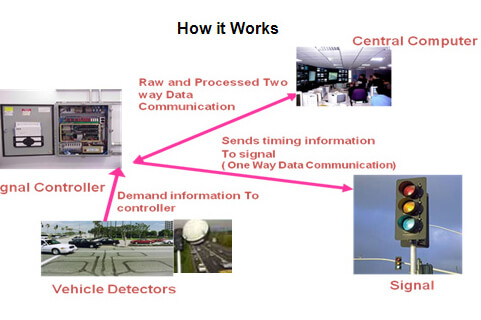Centralized Smart City Software System - OMNIA
A state-of-the-art solution for the integrated road transport environment, OMNIA is a homogeneous and user-friendly system that provides access to a wide range of applications. Modular and scalable, it can be successfully adopted for large-scale systems with many applications already installed as well as for cities and regions at an early stage of ITS development.
